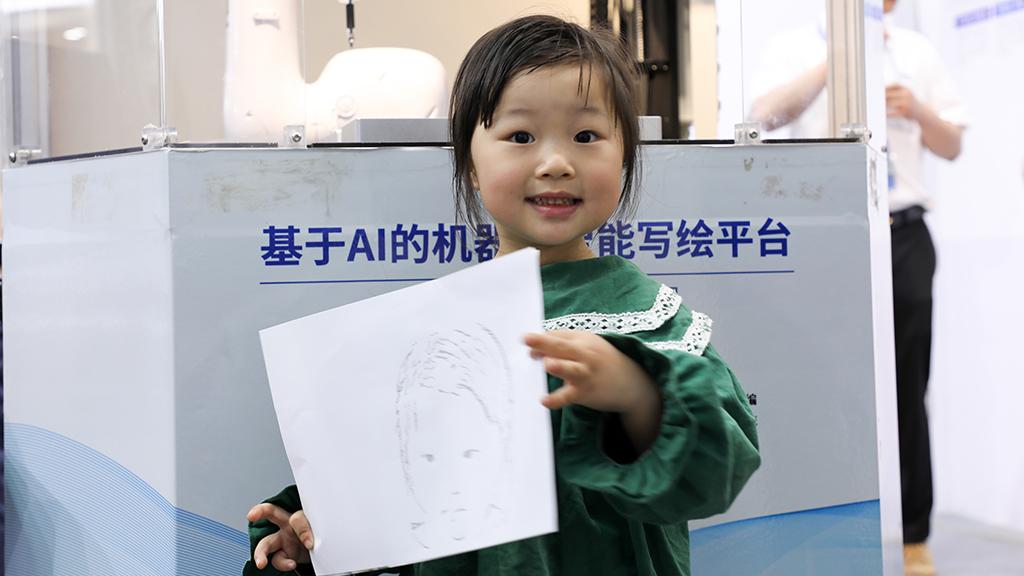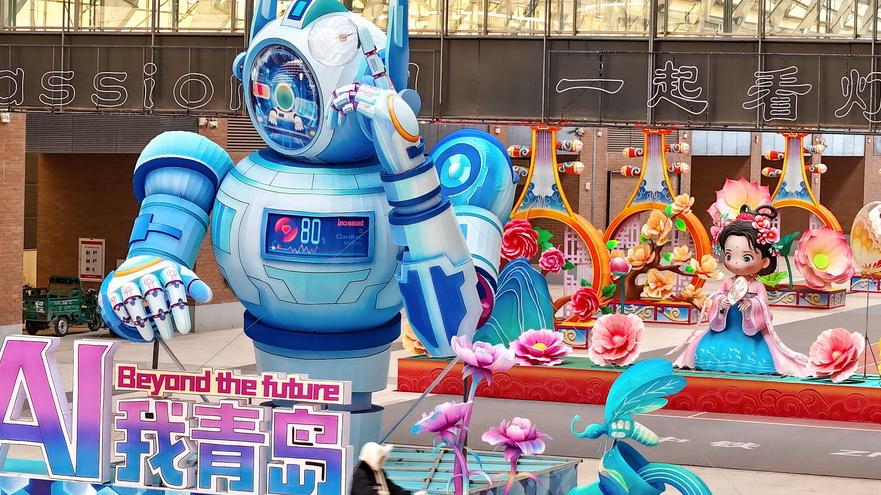From humanoid robots to flying cars, Chinese automakers soar into future industries
BEIJING, Jan. 7 (Xinhua) -- Chinese automakers are rapidly expanding into future industries from humanoid robotics to flying cars, leveraging their technological and supply chain advantages to establish a lead in next-generation technologies.
Auto manufacturer GAC Group recently unveiled GoMate, its third-generation humanoid robot. The full-sized, wheeled robot is capable of climbing stairs, ascending slopes, and overcoming obstacles on one side.
Thanks to GAC's expertise in battery technology, GoMate offers a six-hour battery life, making it applicable in a wide range of fields, including security, healthcare, logistics and education.
Zhang Aimin, head of GAC's robotics R&D team, said the company has a clear production plan, aiming for demonstration applications in various industries in 2025, small-scale production in 2026, and eventually mass production.
GAC Group is not alone in pursuing humanoid robotics.
BYD has made a significant move into this by investing in the startup AgiBot. Chery has partnered with AI firm Aimoga to develop a humanoid robot initially intended for use as a sales assistant in stores. Chang'an Auto announced plans for humanoid and automotive ecosystem robots with investments of over 50 billion yuan (nearly 7 billion U.S. dollars) within the next five years.
The synergy between intelligent vehicles and humanoid robots regarding underlying software and hardware, supply chain, and production processes is a key reason why many automakers have moved into this new field.
Industry experts noted that the technologies used in autonomous driving, sensors, machine vision, and artificial intelligence overlap significantly with those required for humanoid robot development. Additionally, auto factories are ideal environments for testing and deploying humanoid robots, creating a closed-loop ecosystem for research, manufacturing, and application.
"Both autonomous driving and humanoid robotics are trillion-yuan markets," said Jin Qiao, president of Wuhan AI Research.
Similarly, many automakers are pushing into the low-altitude economy with the development of electric vertical takeoff and landing (eVTOL) aircraft -- vehicles that can ascend and descend vertically like helicopters without the need for runways.
In December, the "Land Aircraft Carrier," a flying car developed by electric vehicle maker XPENG, completed its test flight in Lujiazui, Shanghai's central business district. The product received over 3,000 orders at the Airshow China in November.
Analysts said eVTOLs can share up to 80 percent of the supply chain with electric vehicles, further enhancing the prospects for China's flying car industry.
The expansion of Chinese automakers into future industries demonstrates the game-changing power of AI in the technology sector.
"The competitive advantage in the car industry is shifting rapidly towards AI-driven intelligence. Future development must be based on this new competitive landscape," said Zhang Yongwei, vice chairman and secretary-general of the China EV 100, an NEV industry think tank.
Zhang predicted that the automotive sector is entering an era of full AI-driven competition, signaling the start of a new phase of industry transformation.
Photos
Related Stories
- China's NEV industry performance review
- Sales of iconic Chinese car brand Hongqi hit record high in 2024
- China-made electric pickup truck sales soar by 58% from Jan-Nov
- NEVs should account for no less than 30% of official vehicle procurement: China’s Finance Ministry
- Honda and Nissan's merger talks reflect their 'desperate' need to catch up with the booming EV trend in China: industry expert
Copyright © 2025 People's Daily Online. All Rights Reserved.









